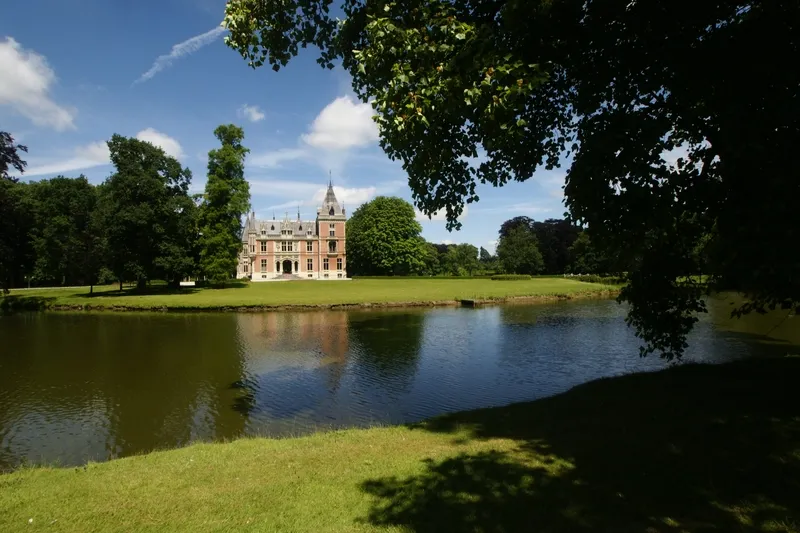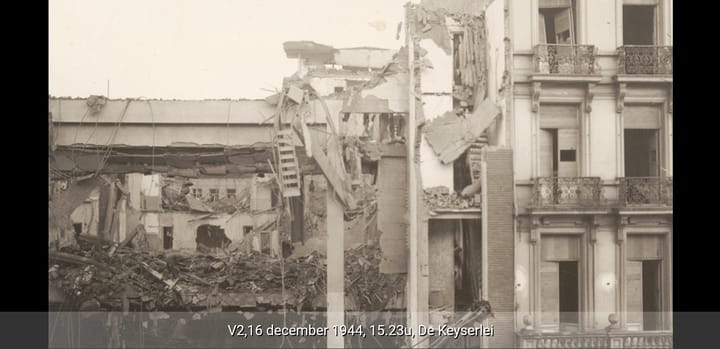A winding thread through West Flanders provincial domains ...
What do several of our West Flanders provincial domains have in common? Not only the presence of a lavish castle, but also the meandering English landscape style parks that embrace the castles are visible in some domains.
The style movement took hold in our country during the second half of the 18th century. A natural-looking park, where winding paths, groups of trees (called"clumps") and organic-looking water features came together, became the prevailing trend. "Let nature take its course," it sounded, despite the intervention of human hands required for park construction. Regardless, the new trend produced ecologically very valuable domains. However, the progressive ideas of park and garden design were at odds with the previously indispensable, typically French geometry and symmetry, with the stately garden of Versailles as a prime example.
Province of West Flanders
The English landscape style gained popularity in the 19th and 20th centuries and did not go unnoticed among West Flanders castle lords. According to the latest trends, the fashionable style was applied in the construction of their castle grounds. To this day, in some provincial domains, that style is tangible to visitors ...
Castle Domain Tillegem
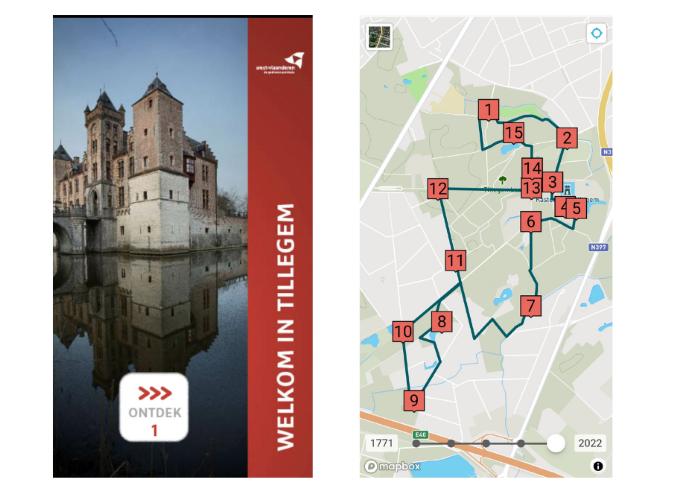
The current landscaping of Tillegem domain probably dates back to the 18th century and is therefore not fully executed in the English landscape style. The domain has a star as its basic shape: from the castle as the center, several avenues in the shape of a star depart. However, the landscaping of Tillegem does have similarities with the English landscape style. Characteristic of this is the use of slopes. Tillegem Castle thus offered many opportunities due to its location on a natural elevation, at the beginning of a slope and central to the surrounding park. Castles were often placed on an elevation to give them extra emphasis as landmarks.
Castle domain d'Aertrycke
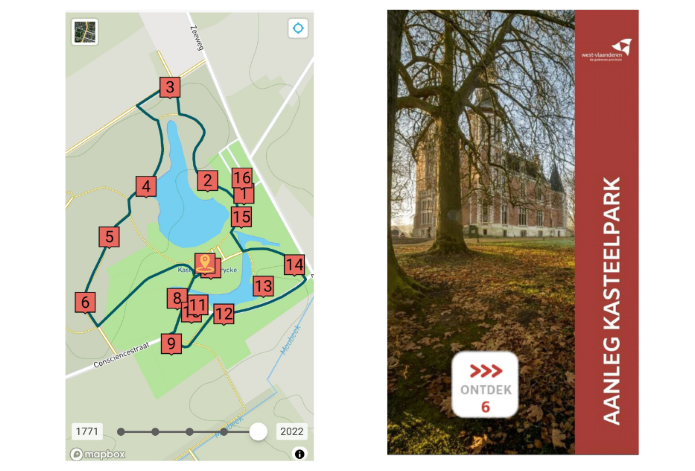
Castle domain d'Aertrycke was designed in full English landscape style by landscape architect Louis Fuchs (1818-1904). The use of lines of sight was applied there. Every 15 degrees there is an axis of vision starting from the chateau that divides the park and highlights an element (outbuilding, group of trees, water feature, etc.). Conversely, each line of sight offers a nice view of the castle. Notable in provincial domain d'Aertrycke is the large, ecologically valuable pond near the castle. The pond with its natural shape serves as an important attraction for various fauna and flora. In addition, the outbuildings present on the domain, such as the pigeon tower, bathhouse and boathouse, create a picturesque and cozy atmosphere.
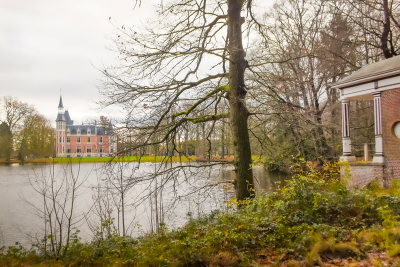
Castle domain Wallemote-Wolfhof
The idyllic castle grounds of Wallemote-Wolvenhof are also a striking example of the English landscape style. Several clumps of red beech trees provide organic-looking afforestation. The castle pond can be reached via winding paths that lead to a romantic little bridge. From here, visitors have an excellent view of the pond, Wolvenhof Castle and the surrounding garden.
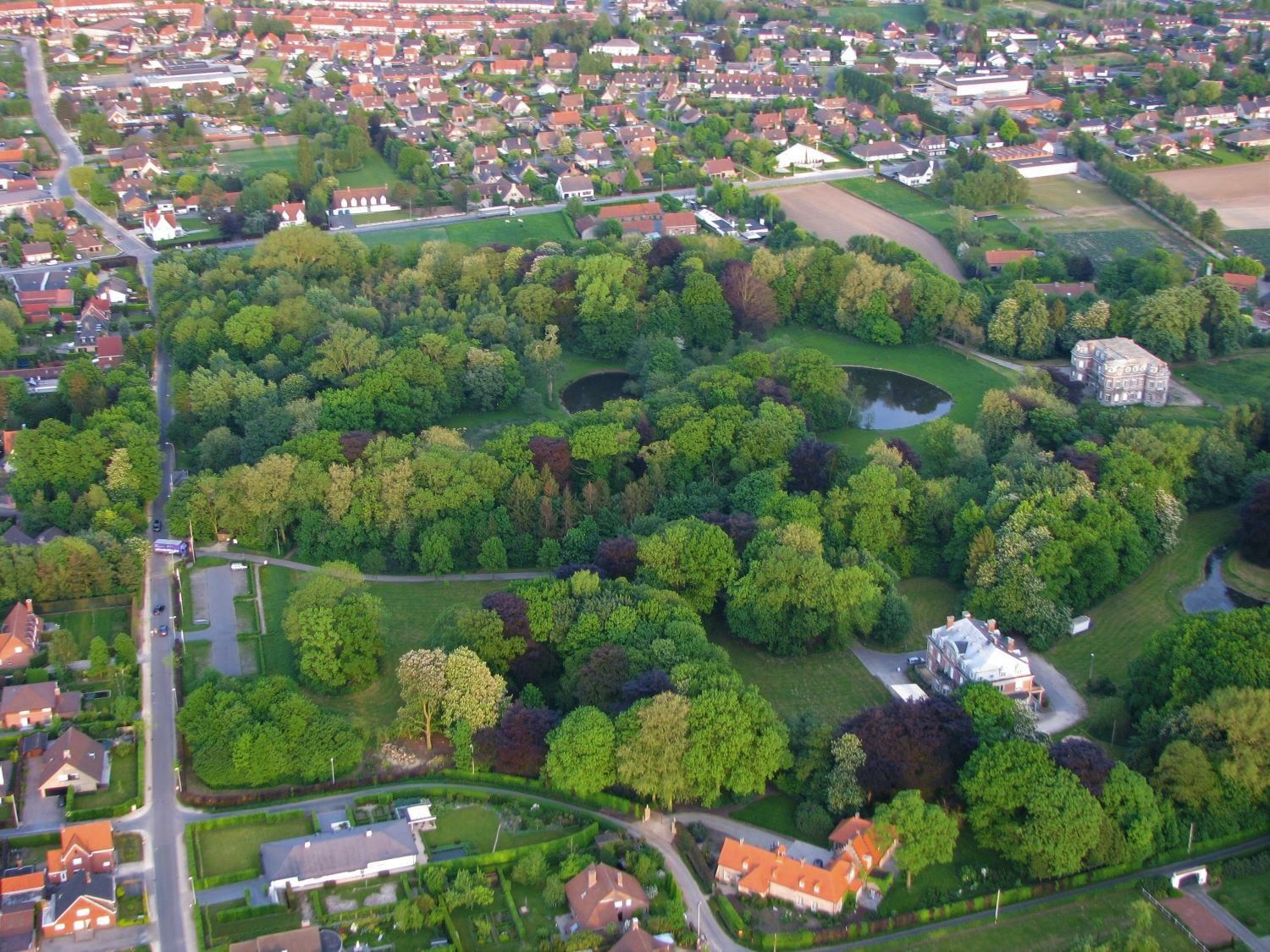
Curious to explore one of the county sites in person? Come visit, download the ErfgoedApp and start your walk. The heritage walk through domain Wallemote-Wolvenhof will soon appear on the map!
www.west-vlaanderen.be/erfgoed
